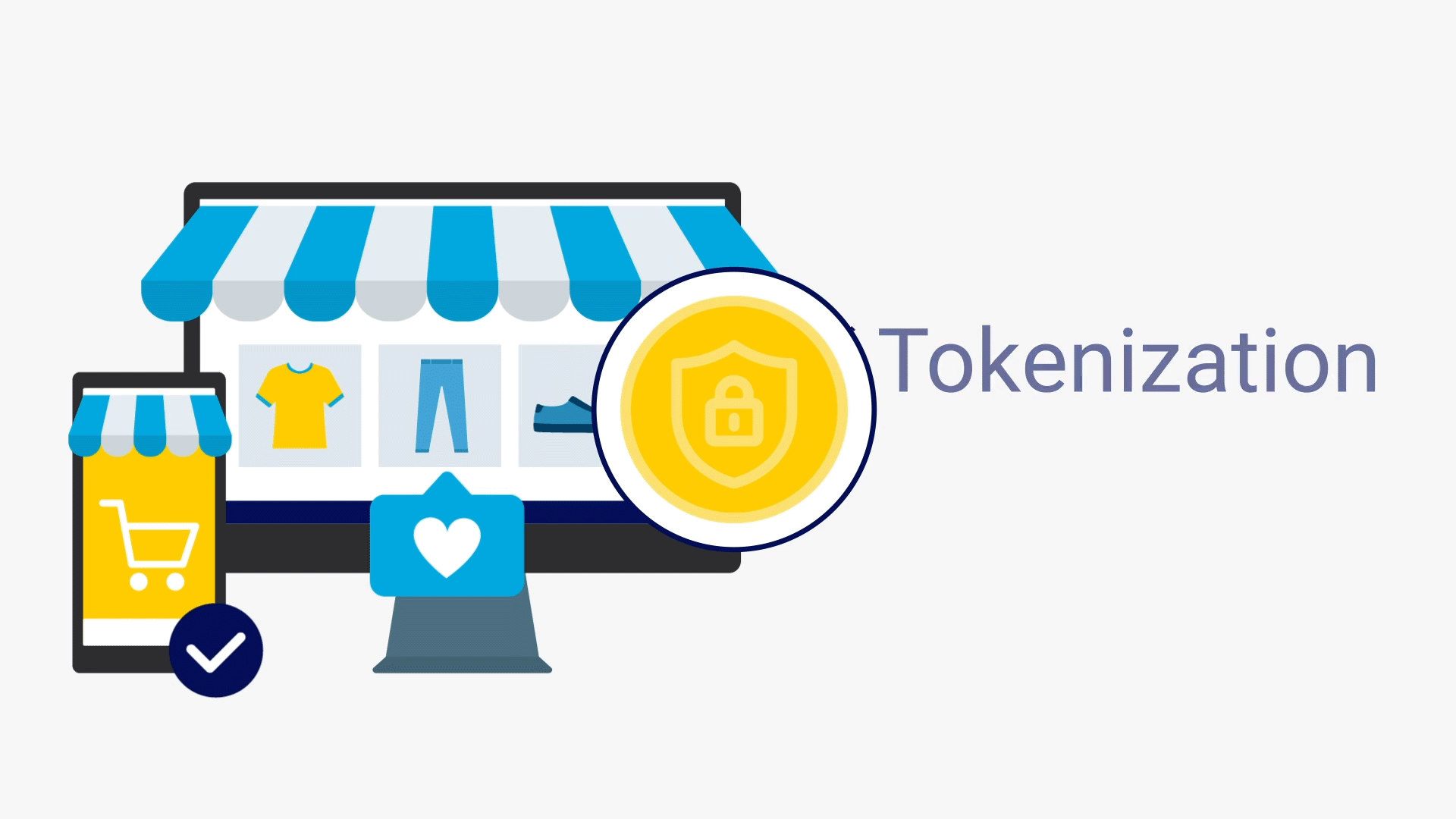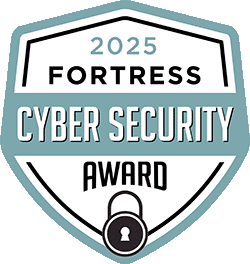In today’s digital world, organizations handle vast amounts of sensitive information, from payment details to personal data. As data security threats continue to rise, businesses must adopt stronger methods to protect the information they collect and store. Tokenization has emerged as a powerful solution, offering a way to secure sensitive data, reduce risk, and support compliance efforts across industries.
What is Tokenization?
Tokenization is the process of removing sensitive information from your internal system — where it’s vulnerable to hackers — and replacing it with a one-of-a-kind token that is unreadable, even if hackers manage to breach your systems. The token is usually a random sequence of numbers or letters that the organization’s internal systems can use at little risk while the original data is held securely in a token vault.
Data Tokenization
Historically, tokenization has been deployed to protect credit card and debit card data in storage. Storing this data is essential for recurring and subscription transactions so that the customer can be billed on a regular basis without having to re-enter their information. Storing clear-text credit and debit card data in any form violates PCI compliance rules, as well as data privacy rules.
In recent years, data tokenization has been expanded to now also “mask” Personally Identifiable Information (PII), Protected Health Information (PHI) and banking information, especially pertaining to ACH account details. Examples of the type of data a tokenization system can secure include:
- A real name or alias, signature, or physical characteristics or description
- Postal address or telephone number
- Unique personal identifier, account name, online identifier Internet Protocol address, or email address
- Education and employment, including employment history
- Social security number, driver’s license number, state identification card number, passport number, or other similar identifiers
- Medical information or health insurance information
- Bank account number, credit/debit card number or any other financial information
Additionally, tokenization is no longer exclusively used for the protection of data in storage. It can also be used to immediately tokenize data upon entry into a web form or e-commerce page.
Payment Tokenization
Digital tokenization has been around for over 20 years and was primarily designed to secure credit and debit cards. In the early days of digital payments, merchants and payment processors would store Primary Account Numbers (PANs) – the 16-digit debit/credit card number – alongside other transaction information. Because this sensitive payment information was stored in clear text, it was visible to anyone with system access and was especially vulnerable to data breaches and theft. Inspired by physical token systems like casino chips and vouchers, digital tokens were created to substitute sensitive data in storage.
How Does the Tokenization Process Work?
Tokenization operates through a straightforward but powerful process designed to protect data throughout its lifecycle. First, sensitive information — such as payment card details, banking information, or personal identifiers — is captured through a secure channel, such as a web form, payment terminal, or mobile application.
Once captured, the data is passed to a tokenization system, which replaces it with a unique, random token that carries no meaningful relationship to the original value. This token can then be safely stored, transmitted, or used within internal systems, ensuring that sensitive data is not exposed during normal business operations.
When necessary, authorized systems can perform detokenization, which is the controlled process of converting a token back to its original value. This can work several number of different ways depending on the tokenization solution provider that you use and if you are using a vaultless or vaulted solution. With Bluefin’s ShieldConex, you can detokenize data by making an authenticated API call that includes the token(s) and unique ID provided in tokenization response messages.
Types of Tokenization
Vaultless and vaulted tokenization are two distinct approaches to replacing sensitive data with secure tokens, each with its own structure and security model.
Vaultless tokenization
Vaultless tokenization refers to tokenization which does not require a token mapping table and relies on an algorithm to transform data into tokens. Implementations deemed secure using this method rely on industry approved algorithms and modes of operation and, when outsourced, can be implemented such that compromise of the tokenized (encrypted) data renders zero value to the malicious actor. As with standard encryption, a malicious actor in possession of tokenized data without a secret key has no means to recover the clear-text data.
Vaultless tokenization provides the easiest way to secure an organization’s data: the general population of the organization’s systems never see the original data strings, and only a very few and limited amount of heavily controlled systems are allowed to transform tokens back to sensitive data.
Vaulted tokenization
Vaulted tokenization typically involves creating a token mapping table, where sensitive data is centralized on that table. This reduces the number of systems processing and/or storing sensitive data, thereby reducing the risk of the overall environment by centralizing that risk in the systems storing and managing the mapping table. Since the mapping table becomes the most desirable target, sensitive data stored in the token mapping table should be encrypted and the secret key managed securely.
What are the Benefits of Tokenization?
Companies that employ tokenization can unlock many different benefits:
- Secure Data: Protects sensitive information across industries
- No Storage Requirements: Minimizes exposure of sensitive data within systems
- Cloud-based: Simplifies security through vaultless, streamlined processes
- Simpler Compliance: Lowers data footprint and reduces compliance demands
For a deeper look at why tokenization has become such a critical security tool, explore our article: What Is Tokenization and Why Is It Important?
Tokenization’s Role in PCI DSS Compliance
What is PCI DSS?
Any organization that accepts credit or debit card payments is required to keep that data as safe and secure as possible. The Payment Card Industry (PCI) Data Security Standard (PCI DSS) is the set of regulations established by credit card companies to help protect payment information and are mandated by the credit card companies to ensure the security of credit card transactions.
How Does Tokenization Help Meet PCI DSS Requirements?
Tokenization addresses PCI DSS requirement set #3: protecting cardholder data (CHD) at rest. PCI DSS seeks to reduce retention of sensitive data and safely govern its storage and deletion. Tokenization satisfies this critical requirement by eliminating stored CHD from as many systems as possible. Credit card tokenization not only replaces sensitive data, but it also minimizes the amount of data an organization needs to keep on file, which ultimately helps to reduce the cost of compliance with industry standards and government regulations.
Additionally, the responsibility to protect stored CHD and maintain the proper level of PCI DSS certification then falls on the token (solution) provider, so it ultimately reduces the cost of PCI compliance. This makes an especially big difference for organizations that want to support card-on-file or recurring payments.
Tokenization and Data Privacy Compliance
While data privacy regulations do not mandate the type of technology adopted to secure data, they both discuss pseudonymization and encryption as relevant data security measures.
- Pseudonymization encodes personal data with artificial identifiers such as a random alias or code. While pseudonymization is a “false” anonymization because the data can be linked back to a person, the personal identifiers are stored outside of the company’s system or network. These personal identifiers would be required to re-identify the data subject, thus making it a secure practice. Tokenization is an advanced form of pseudonymization.
- Encryption renders data unintelligible to those who are not authorized to access it. Data encryption translates data into another form, or code, so that only those with access to the decryption key can read it.
One reason for tokens’ increasing use for sensitive, personal information is that they are versatile – they can be engineered to preserve the length and format of the data that was tokenized. Tokens can also be generated to preserve specific parts of the original data values; by adapting to the formats of conventional databases and applications, tokens can eliminate the need to change the database scheme or business processes. Organizations can treat tokens as if they were the actual data strings.
To learn more, read our article Understanding PHI, PII, Data Privacy & Tokenization.
Understanding Tokenization and Encryption
Encryption
Encryption, simply put, is taking a known piece of data and locking it up so that the data can only be retrieved with a key. In more technical terms, encryption uses an algorithm and a key to take the data and make it unreadable. Of course, this key must be controlled, typically called key management, to keep the data safe. If your data is “123,” and you encrypt the data with key “ABC,” resulting in “98zy65x,” and protect the key properly, all an attacker will be able to see is 98zy65x, which is useless to them.
Tokenization
Tokenization is taking a known piece of data and replacing it with a new random value. For example, the value “123” could be replaced with an unrelated value, such as “978.”
Organizations typically use encryption when they need to secure data that must remain accessible or reversible, such as files, messages, or data in transit. Tokenization, on the other hand, is often chosen for protecting structured data like payment details or personal identifiers that can be removed from internal systems entirely, reducing exposure and compliance scope.
Explore More on Tokenization
Interested in diving deeper into tokenization? Check out these related articles:
Advance Your Data Security with the Right Tokenization Solution
If you’re exploring tokenization to strengthen your data security, the next step is choosing a solution that fits your needs. Bluefin’s ShieldConex® offers flexible, vaultless tokenization to protect sensitive data across channels, reduce risk, and simplify compliance, — helping you secure what matters most.
Contact us today to see how ShieldConex® can support your data security goals.
Tokenization
Ask us your question.
"*" indicates required fields


